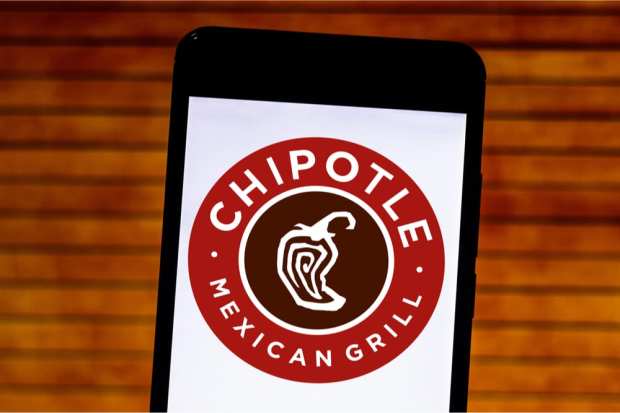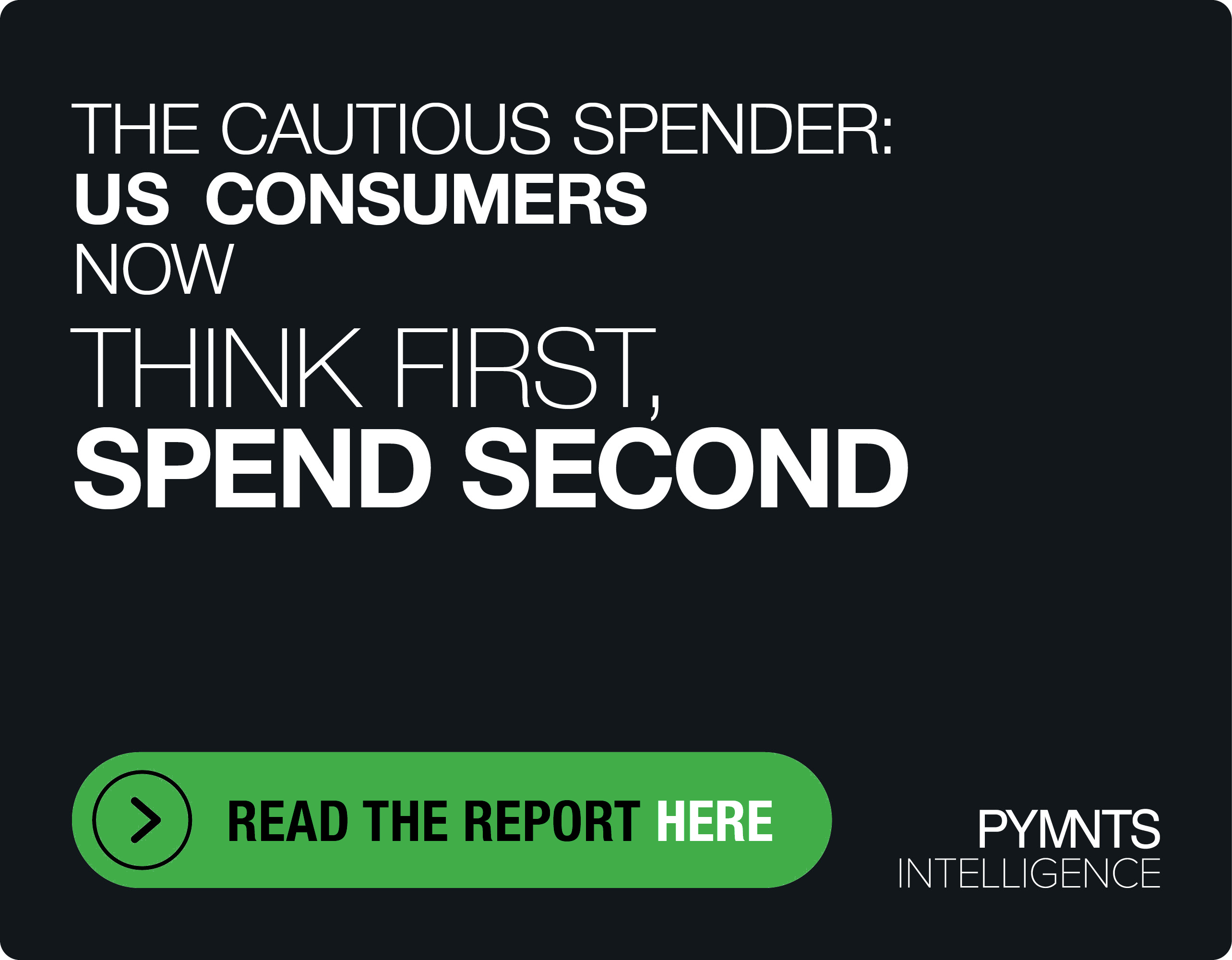Chipotle’s Online Ordering Surge Bodes Well For Restaurants’ Digital Efforts

For restaurants — quick-service restaurants, especially — three Ds are powering sales: delivery, digitally, dining at home.
To that end, Chipotle Mexican Grill posted digital sales that were up more than 202 percent year over year to $776.4 million.
That was nearly half of the company’s top line for the quarter at $1.6 billion.
And drilling into the most recent results, roughly half of the digital sales (i.e., about a quarter of the consolidated top line) were done through delivery, and the remainder came from order-ahead transactions.
Part of that great digital shift is tied to the fact that the company has a decidedly sticky relationship with the 17 million members enrolled in its rewards program.
“A reduction of dine-in services, more people working from home, increased advertising and digital awareness, recent partnerships with Uber Eats and Grubhub and expanded digital capabilities into Canada all have helped attract new customers into our digital ecosystem while increasing convenient access to Chipotle,” Chairman and CEO Brian Niccol said on an earnings call with analysts.
As Niccol said, in further discussion about the rewards program, “we’re seeing an increase in frequency across the board with consumers resulting in an extremely strong return on investment.” He added that the loyalty program exists as “a valuable tool to understand consumer behavior that will allow us to enhance their journeys and ultimately drive higher sales. We can also utilize these learnings to reengage members if their visits decline, which should efficiently sustain the stickiness of our digital platform.”
The huge uptick in the digital sales and the strong contribution to Chipotle’s top line speaks volumes about how much consumer behavior has changed in the wake of the pandemic, and how entrenched that changed behavior has become (and will stay). The delivery industry, after all, has been growing by double-digit percentages year over year.
The most recent PYMNTS study on consumer behavior, titled “The Emerging Post-COVID-19 Consumer: Mapping The Evolution Of Consumers’ Shifting Payment Preferences,” shows that, among nearly 2,000 respondents, individuals expect the pandemic’s impact to stretch as long as 374 days before subsiding.
And when it comes to ordering food, an overwhelming percentage of consumers — at more than 80 percent — state that their online ordering habits will remain online (in whole or in part) after the current health crisis subsides, compared to only 19 percent who say they will “revert” back to past behaviors, which would include dining on-premise, with orders taken at the counter.
As the report shows, COVID-19 is also underpinning a pivot toward using food aggregators to order from restaurants and QSRs. PYMNTS research shows that 45.3 percent of consumers who are using food aggregators more now than they did before the pandemic began are doing so because they fear restaurants might be crowded. As many as 22 percent of consumers noted that the aggregator services work “better” than had been seen before the coronavirus, which indicates that tech investments on the part of the companies themselves are paying off.
Interestingly, only 10 percent of those surveyed stated that “lower prices” were a reason they’d been choosing aggregators to order their meals. This shows us that for the time being, the consumer does not especially mind paying up for the digital experience, and for speed.
In fact, on the Chipotle question and answer session, with focus on delivery prices being passed on through delivery channels, both white label and marketplace, CFO Jack Hartung said that “we are treating white label and marketplace the same in terms of menu prices. So, in a given market, we do have different prices, in different markets, different delivery prices. But if we raise prices, for example, 7 percent with our white label, we’re doing the same with marketplace.” There’ s no decline in consumer demand, he said, though there may be slight shifts from delivery to order ahead and pickup, which is in fact a high margin category for the company. (As for commissions paid out to the apps, we noted in the most recent Order to Eat Tracker that there’s been a groundswell of efforts in various cities to cap those commissions.)
The Read Across For Restaurants
Chipotle’s results bode well — and show a roadmap for — restaurants’ digital efforts. They could use tailwind digital ordering provides, to be sure. A few weeks ago, in PYMNTS’ half-year check on the state of Main Street small and medium-sized businesses (SMBs), sentiment has improved a bit. As many as 54 percent of 500 SMBs surveyed said that their finances have improved in recent months. But as is germane to the restaurant sector, 61 percent of companies in that sector are confident they will not have to close before the pandemic ends. Roughly 14 percent of them say they have enough saved in emergency funds to last three months, even as 94 percent say they’ve seen lower top line due to the virus. That may give at least some cash cushion to make the investments needed to meet consumers where they want to order — online, of course.
